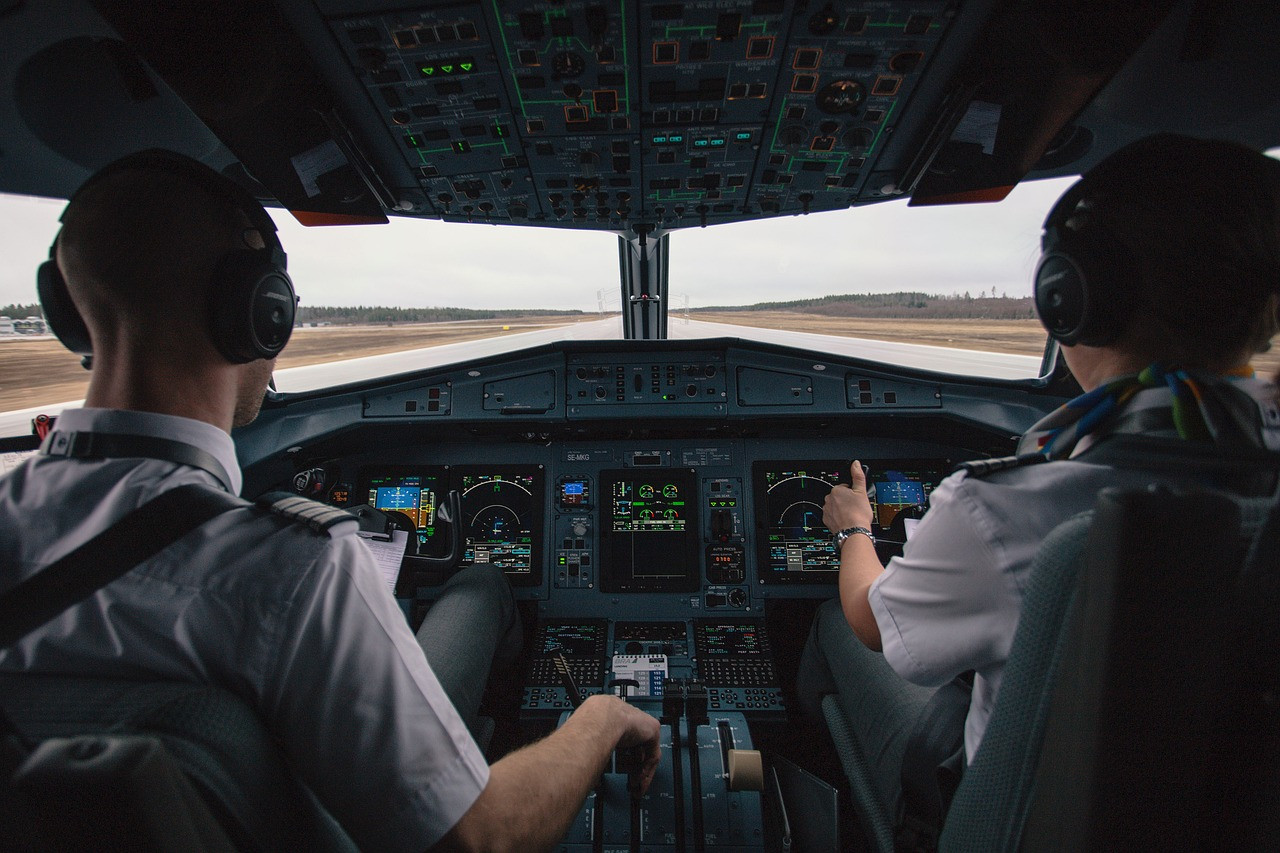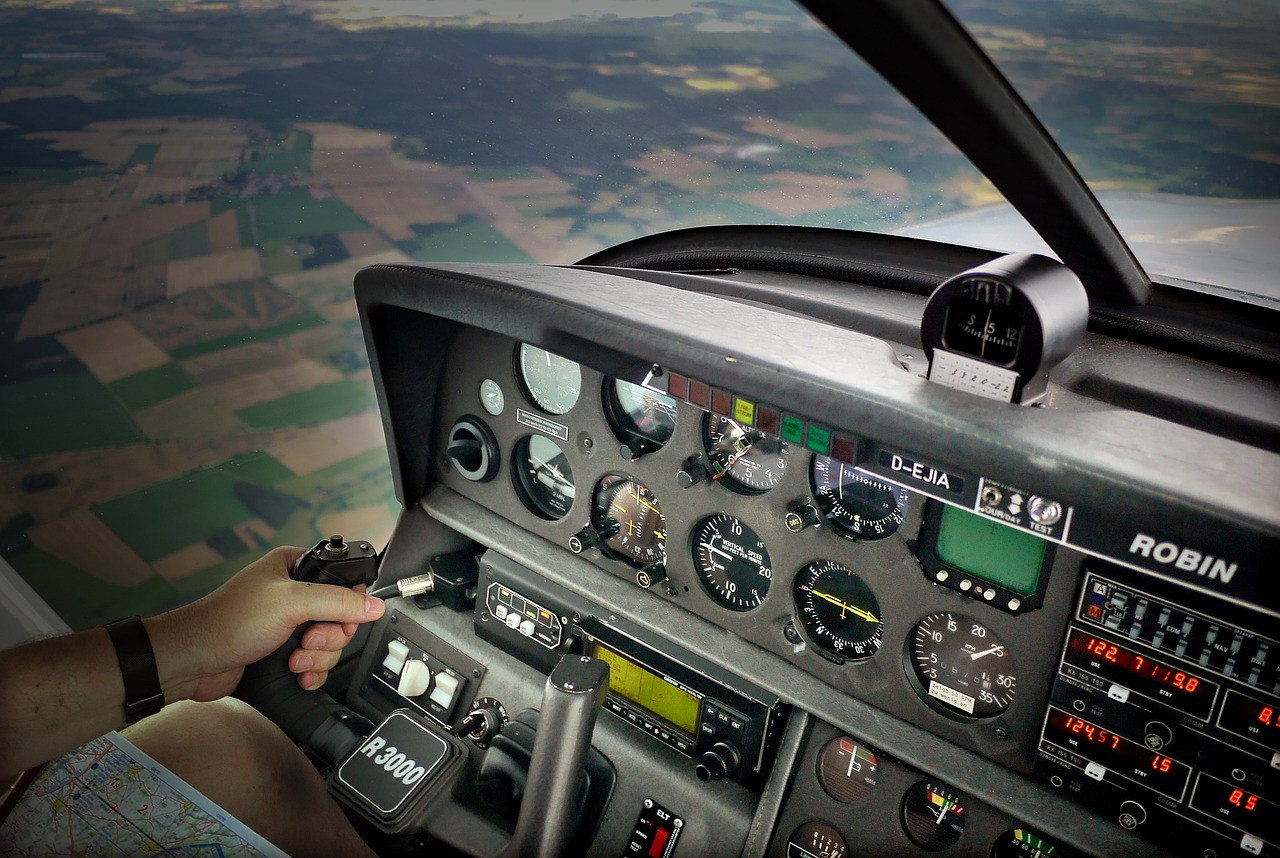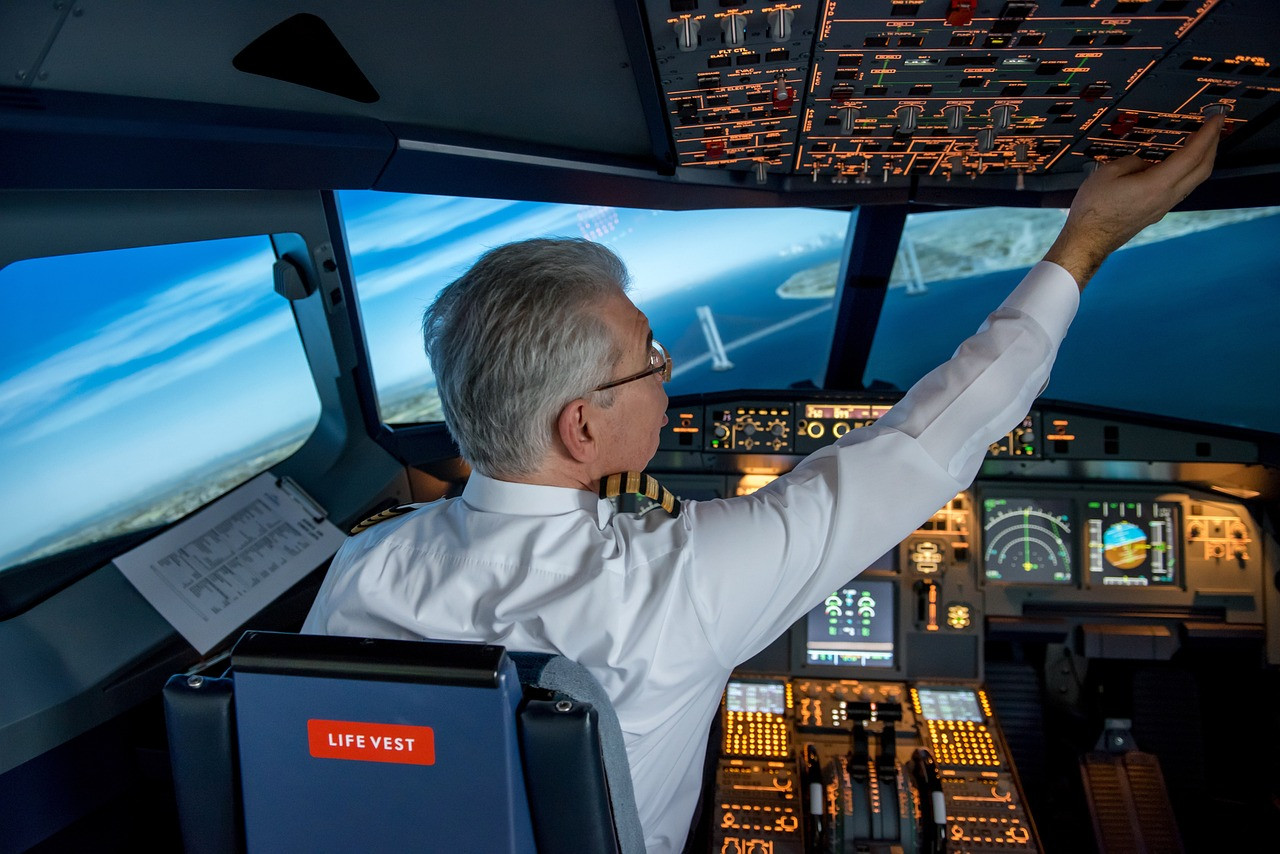
Choosing between a Cadet Pilot Program and a conventional pilot training program is one of the most significant decisions a student pilot in India can make. Both paths have their advantages and challenges, and understanding the differences is crucial to making an informed choice.
The Cadet Program
A Cadet Program is an airline-sponsored training pathway that offers structured training and job assurance upon successful completion. Currently, one of the most prominent providers in India is IndiGo Airlines (operated by InterGlobe Aviation). These programs typically start at ₹1.15 crore and can go higher.
Advantages of Cadet Programs
Job Assurance: Students receive a Letter of Intent (LOI) from the airline, guaranteeing employment upon program completion. Terms and conditions applied Differs from Airline to Airline Offering Cadetship
Structured Training: The curriculum is airline-specific, ensuring a smooth transition into operational roles.
Salary Kickstart: After completing training, cadets begin earning a basic salary, essentially recovering part of the initial investment over time.
Disadvantages of Cadet Programs
High Cost: The upfront investment is substantial, making it inaccessible for many without taking significant loans.
Limited Flexibility: Once enrolled, students are tied to the sponsoring airline, which may limit career options.
Who Should Consider a Cadet Program?
Students with sufficient financial resources and a desire for job security may find the Cadet Program a worthwhile investment. However, if funding the program requires burdensome loans, this path may not be advisable.

Conventional Pilot Training Programs
Conventional training programs offer greater flexibility and a wider range of training locations, both in India and abroad. The cost typically ranges from ₹35 lakhs to ₹60 lakhs in India and varies based on the country for overseas training.
Training Options in India
Top Schools: Chimes Aviation Academy is a leading option, offering comprehensive facilities like on-campus accommodation. Cost: ₹35-₹60 lakhs.
Exams: Students must clear all DGCA exams of Respective License Training for .
Training Options Abroad
New Zealand: Quick training but high costs and limited post-training opportunities. But students with vision for ailense would love this place for training. Cost: ₹50-₹70 lakhs.
Canada: Similar costs to New Zealand but allows part-time jobs. However, working during training may distract from the primary goal. Cost: ₹60-₹70 lakhs.
USA: Training can be completed in 6-7 months with fewer exams (three major subjects: Meteorology, Regulations, and Navigation). Aircraft quality is superior due to the local manufacturing base. Cost: ₹65-₹80 lakhs.
South Africa: Cost-effective (₹30-₹40 lakhs, including accommodation and meals), but training quality varies significantly. Careful selection of schools is essential.
Philippines: Economical but plagued by a history of blacklisted schools, making it a risky choice.
Argentina: A new entrant in aviation training with limited information available.
Advantages of Conventional Programs
Cost Flexibility: A broader range of price points makes it accessible to students with varying budgets.
Global Opportunities: Students can train in different countries, exposing them to diverse aviation standards and cultures.
Career Independence: Graduates are free to apply for jobs with any airline, offering greater flexibility in career choices.
Disadvantages of Conventional Programs
No Job Guarantee: Students must find employment independently, which can be challenging in competitive markets.
Longer Path to Employment: The process of obtaining a Commercial Pilot License (CPL) and securing a job may take more time.
3.
Who Should Consider a Conventional Program?
Students with limited financial resources or those who prefer flexibility in choosing training locations and career paths should consider this option. It also works well for students willing to take time to find the right employment opportunities.
Key Factors to Consider
Financial Resources: Cadet programs are more expensive but come with job assurance. Conventional programs are more affordable but lack employment guarantees.
Training Location: India offers cost-effective options, while overseas training provides exposure to advanced equipment and international standards.
License Conversion if training was done overseas: A challenging process that, if not handled within the proper timeframe, can quickly spiral into a cycle of endless renewals and repeated recency requirements.
Career Goals: Students with a clear preference for working with a specific airline may benefit from cadet programs, while those seeking diverse opportunities may prefer conventional training.
Timeframe: Cadet programs streamline the process, while conventional routes may require additional time for exams and job hunting.

Conclusion
Both Cadet Programs and conventional pilot training pathways have their merits. Students with the financial means and a desire for job security may lean towards a Cadet Program. However, for those with budget constraints or a preference for flexibility and independence, conventional programs remain a viable and rewarding option. Ultimately, the choice depends on individual circumstances, goals, and priorities.
At PilotsHub.in, we recommend carefully evaluating all options and consulting with industry professionals before making this crucial decision.